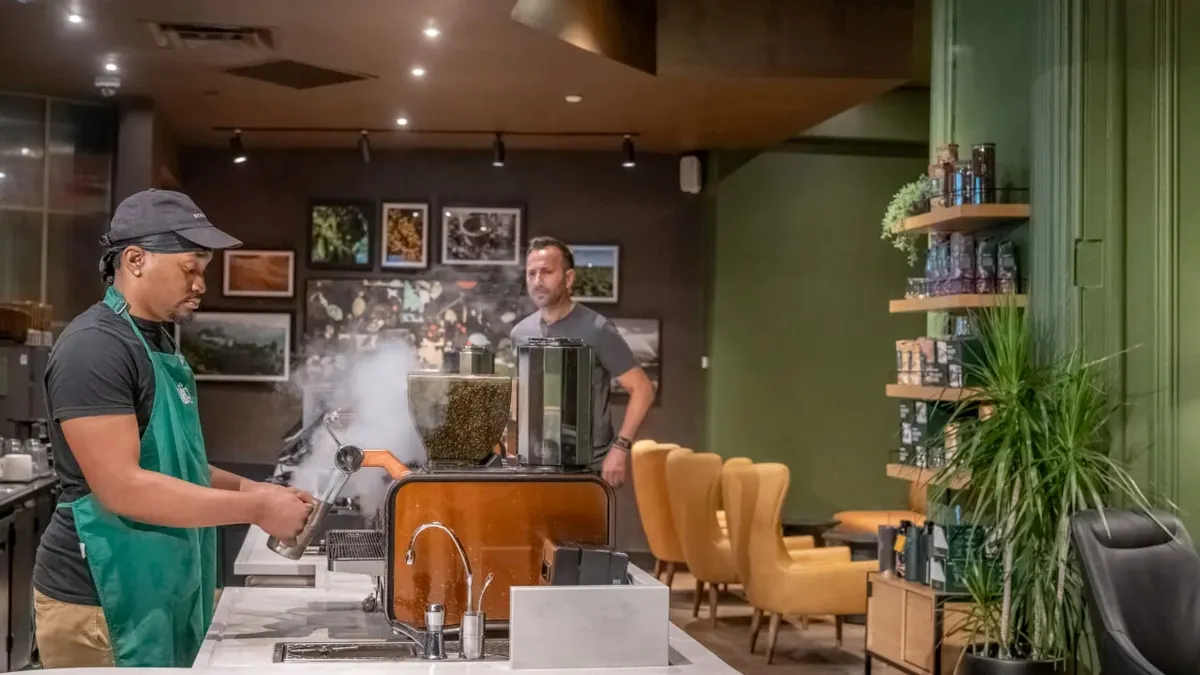Customer journey mapping emerged as a way to visualize the steps customers take when interacting with the brand, but there’s a lot more to it than just using personas to plot touch points.
Journey mapping examines the connective tissue that ties customer experience to a brand’s employees, processes and operations. When done well, brands can use their findings to inject the customer’s perspective into business processes and operations.
Mapping can form the foundation for how businesses design their customer interactions.
“Journey mapping is not a theoretical or marketing exercise, but a practical tool to optimize real customer interactions,” said Justin Robbins, founder and principal analyst at Metric Sherpa.
To get the most out of journey mapping, businesses must focus on understanding points of friction and operational failures as customers transition between channels and departments, according to Robbins.
The basics of customer journey mapping
A customer journey map, also referred to as a service blueprint or customer interaction map, aims to capture the touch points between a customer and a business, including its products, services and employees.
It enables businesses to:
- Record how customers experience business processes and pinpoint areas for improvement.
- Find gaps, points of friction and other products or services that may need improving.
- Plot employee interactions and find areas for improvement.
- Creates a shared understanding of how customers interact with a business across touchpoints and throughout their journey.
- Form the basis of a business case for investing in customer experience initiatives.
Improving CX can be difficult when only focusing on one stage or aspect. Instead, customer journey mapping gives equal weight and importance to the entire experience, according to Robbins.
“It’s the basis for delivering intentional customer experiences,” he said.
Businesses can apply journey mapping for different purposes — operational problem-solving or strategic exploration. With operational problems, it can be used to better understand common circumstances or scenarios that customers are encountering.
“Say, for instance, sales are down for consumables, and you want to plot the path a customer takes for that product to understand the behaviors. Mapping is very outcome driven,” Robbins said.
Mapping is used for strategic exploration when the exact problem is unknown and a fact-finding mission is needed.
“You might have an idea or belief that customer satisfaction is down or referrals are down, but you don't necessarily know why. In this case, you have a symptom and want to understand the root cause using journey mapping,” Robbins said.
Robbins has also applied journey mapping to other operational improvements such as reducing response times at contact centers, increasing repeat business with refined retention strategies, and improving strategic alignment across departments.
“It provides a shared framework and common language for teams to align and execute plans effectively,” he said.
Do CX teams have the skills to do journey mapping well?
Early customer journey maps were designed for feedback, but more organizations today are aiming for tangible outcomes, whether that’s reducing first-call resolution times, enabling self-service options or demonstrating cost savings.
Internal customer experience teams can face obstacles executing effective customer journey mapping for such objectives, often due to limited resources, time and expertise, according to Martha Roman, VP of CX strategy and design and process consulting global leader with TTEC Digital.
“This shift toward more practical goals requires specialized expertise that many internal teams may not possess,” she said.
Roman has found CX teams usually assume they know their customers already, which can limit the scope in how they approach the journey mapping process. The growth of customer touch points across new technology and services has added to the challenge.
To avoid this pitfall, Roman encourages teams to compile a full picture of their customers through interviews, surveys, voice of the customer feedback, satisfaction scores and more.
This process helps to gain an understanding of the customer from the perspective of omnichannel interactions.
Getting customer journey mapping right
While customer journey mapping can provide valuable insights, common pitfalls can hinder its effectiveness. One major risk is oversimplifying the customer inputs that impact the journey.
For example, customer recommendations and referrals, customer service experiences at other brands, discussion on online forums and customers’ own personal experiences all play a part and need to be considered.
Oversimplifying journeys or customer personas risks missing some of these key variations that could be crucial to understanding customer behavior, according to Robbins.
“The key is to create a map that’s comprehensive enough to be insightful, but simple enough to execute on,” he said.
At the other end of the spectrum is making a journey map more complex than it needs to be. Brands may attempt to map every possible scenario, resulting in a process so detailed it becomes unwieldy.
“There’s an almost infinite number of journeys because it's not just about the product or service, but the person who's encountering it and all of the things that may be influencing them,” he said. “The focus should be on identifying common patterns and actionable insights.”
Robbins also noted the importance of accountability. Without clear ownership, journey mapping efforts can fail to translate into action.
“Assigning responsibilities ensures that insights lead to tangible improvements,” he said.
In addition, mapping that leaves out the employee journey is missing an integral component, according to Roman.
Traditional journey mapping typically focused only on interaction points between employees and customers, but with growth of omnichannel journeys, Roman has found many interactions can be improved by forming a detailed understanding of the employee experience.
Pain points in an employee’s work day can trickle down to customers — even when they aren’t directly interacting.
“The employee experience should really fold into the customer journey and feed directly into improving the customer experience,” she said.
Correction: This story has been updated to clarify that Martha Roman is VP of CX strategy and design and process consulting global leader with TTEC Digital, a business of TTEC.




















